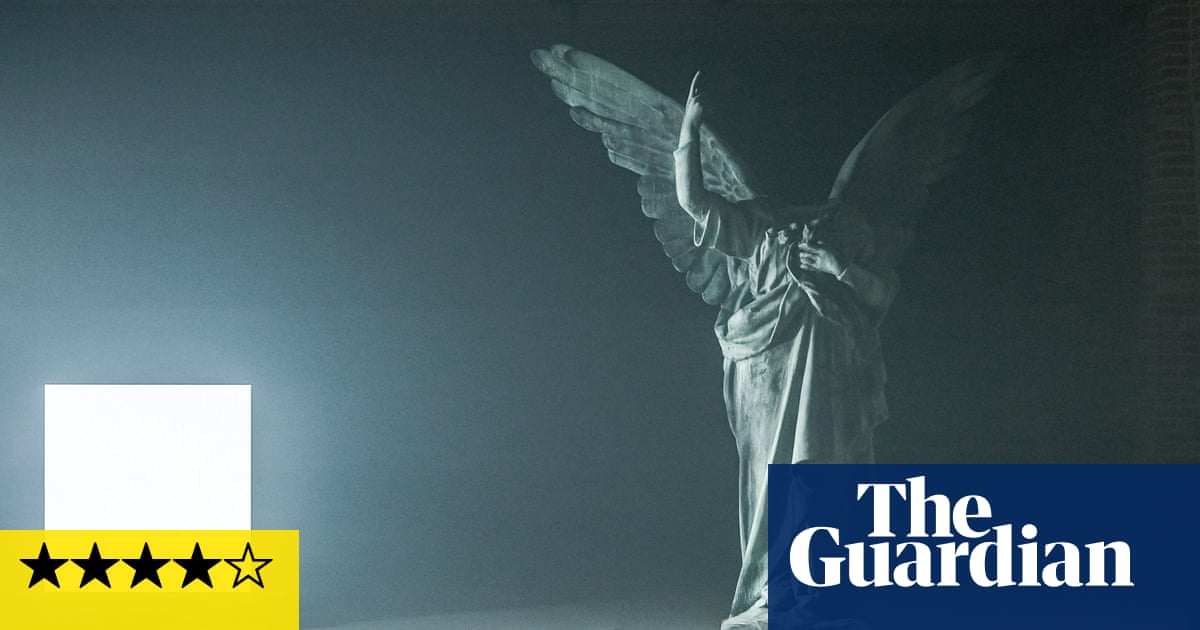There are strong Death in Venice vibes to the setting of Romeo Castellucci’s site specific production at theVenice BiennaleTeatro. The show, by the Italian writer-director and his company, inhabits its own island – a long, lizard-like colony. The audience boards a shuttle and skims across the water to arrive at a building that was once a lazaretto – a hospital for leprosy patients. Associations with fatal infection and social isolation are chillingly resonance of the Covid pandemic. But as you wander into this disturbing promenade piece, things turn chilly in more ways than one.
The building’s interior is stripped of its skin so that its brick and rafters lie bare, and there is a low electronic rumble of sound along its corridors which is as disquieting as the near darkness. Windows are boarded up, as if deliberately concealing activity inside. Further along, there are bags lying in empty rooms that at first look empty but which twitch with still-living and breathing bodies inside them.
The suggestion is that of a torture chamber whose violence has taken place or will do so imminently. There is deepening alarm as you venture into this unaccounted, warehouse-like space, where, you imagine, more people lie gasping in body bags.
The full terror of the show manifests in a bizarre and baroque scene of ritualised but unexplained tyranny, enacted through choreographed movement by an eight-strong cast (Luca Nava, Sergio Scarlatella, Laura Pante, Vito Ancona, Jacopo Franceschet, Marco Gagliardi, Vittorio Tommasi, Michela Valerio).
A total blackness descends in a central room which is filled with thundering sound that barrels towards us (brilliantly, terrifyingly, designed by Scott and Oliver Gibbons). There is, for this cowering critic, the discomfiting feeling that things could turn genuinely dangerous within this rumbling darkness.
Creepy images emerge out of smoke, from a giant winged creature – a deity, an extraterrestrial or a symbol of totalitarian terror reminiscent of the Third Reich? – to a slow-moving group of miners carrying pickaxes and a body unzipped from a bag, naked, blood streaked, as pale as death, who performs a kind of dance of death.
There are no words spoken, no explanation for who these people are and what their cult-like rituals represent. The story is all the more ominous for its opacity. The winged creature and the miners seem to be proxies for a more dreadful, unseen, force.
It is a gnomic work but full of visceral dread. The building looks neutral and unremarkable once you are outside it again but the threat stays with you as you board the boat back to the mainland, to light and safety.
Until 15 June as part of theBiennale Teatro 2025. Arifa Akbar’s trip was provided by Venice Biennale
